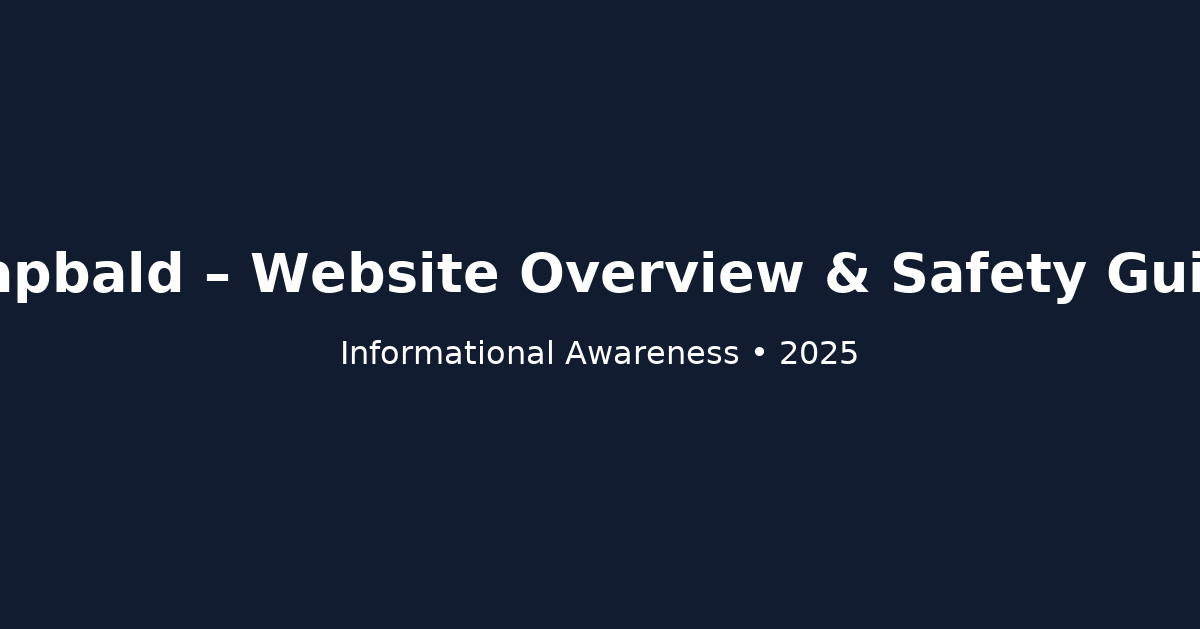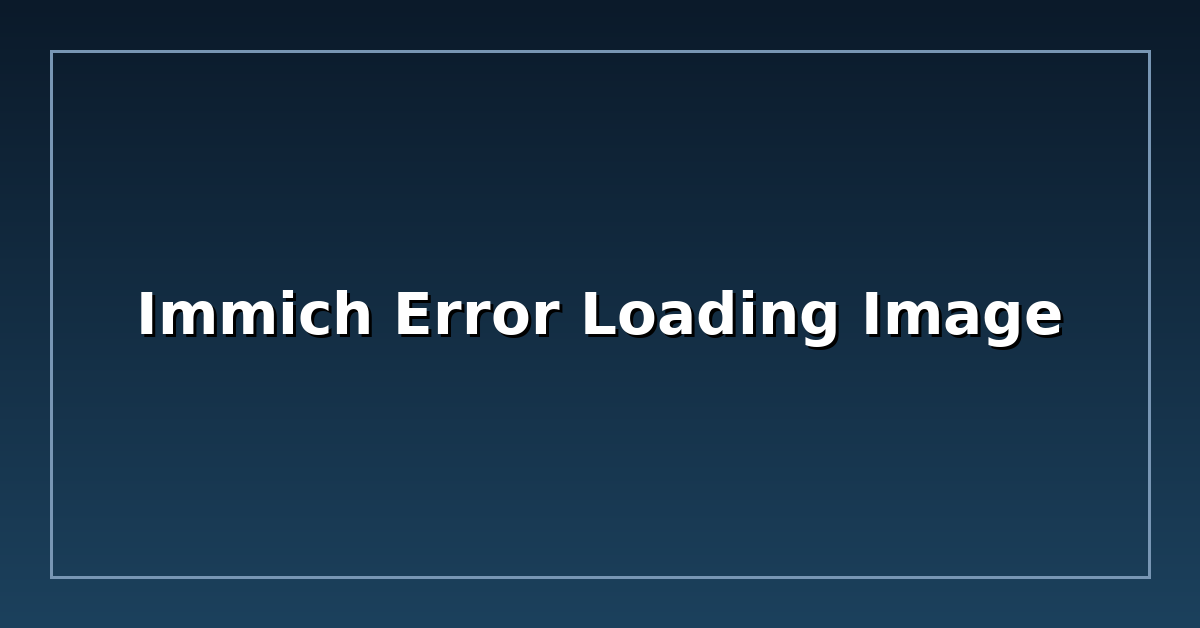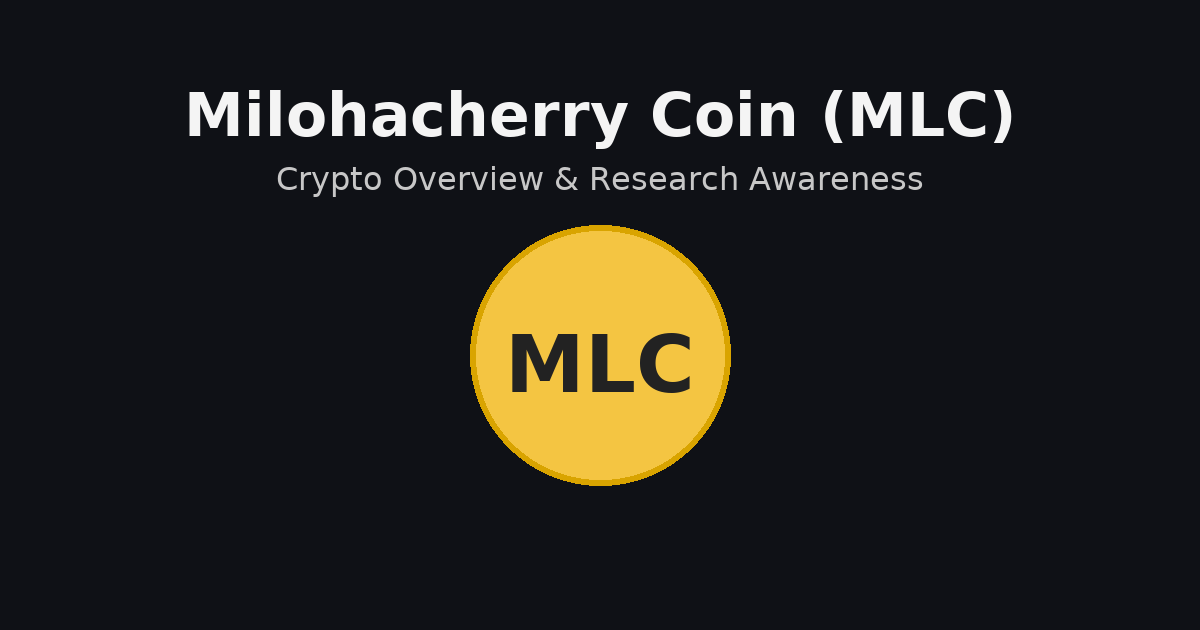
Whether you’re a new online store or a big company handling many card payments, keeping your payment system safe with PCI compliance is very important.
PCI DSS (Payment Card Industry Data Security Standard) is the main rule that keeps online payments secure worldwide. But for many businesses, following these rules feels hard, slow, and confusing. However, with the right plan and expert help, PCI compliance services can actually make your business stronger and show customers that you truly care about their safety.
This blog will help you learn how to build a safe and reliable payment system from the ground up and how expert services like Securify AI can help you turn payment security into your biggest strength.
Why PCI Compliance Matters
The Payment Card Industry Data Security Standard (PCI DSS) is a global standard that helps keep payment information safe. Companies that follow these standards are less likely to face data theft. In fact, one study showed that businesses following PCI rules had up to 50% fewer security problems.
Not following these rules can be very costly. Some reports say that fines can start at US $5,000 per month and go up to US $100,000 per month if the company stays unprotected.
In 2024, the average cost of a data breach was almost US $4.88 million, so skipping data protection is something no business can afford.
Key Building Blocks for a Secure Payment Infrastructure
1. Understand Scope & Risk
The first step is to find out which systems, employees, and vendors handle cardholder information. According to a guide from AuditBoard, businesses need to know their PCI level (1-4) based on how many transactions they process. After that, they must write down and clearly show how card data moves through their systems.
2. Shield the Card Data Environment
Keeping your cardholder data environment (CDE) separate is very important. Make sure your payment system is in its own network zone, use encryption to protect data when it’s being sent and stored, and give access only to trusted people. As one expert says, “Your payment system should always be kept separate from the rest of your company’s computer systems.” (see ZenGRC )
3. Build a Culture of Compliance
Following PCI rules is a continuous process. Regular employee training, awareness programs, and internal checks help keep everything working safely. A study by CompTIA says that keeping strong routines shows a company is serious about security and helps lower the risk of problems.
4. Monitor, Test & Respond
According to the PCI SSC, organisations must continuously monitor and test their networks, and maintain an incident response plan in readiness for breaches.
5. Select Trusted Partners & Third-Party Services
Third-party vendors often handle payments, so your infrastructure must extend beyond your own systems. Conduct vendor risk assessments, ensure they maintain PCI compliance services and have contracts that bind them to protect data.
Why Choose Securify AI for PCI Compliance Services
Securify AI turns payment risk into business strength. They build infrastructure equipped for real-world threats and future growth.
- Full system checks: These find weak spots in your current setup where cardholder data might be at risk.
- Customized improvement plans: Such plans will include activities like network segregation, encryption techniques, as well as vendor management, depending on the size of the company.
- Long-term Protection: They provide system checks and training for your staff to update policies to ensure long-term protection.
Practical Steps to Start Building Your Infrastructure
- List all systems that handle payment data, like card machines, payment gateways, and mobile apps.
- Check how many transactions your company processes to know your PCI level.
- Mark and separate the parts of your system that store or use cardholder data.
- Add strong security tools such as firewalls, encryption, and secure logins.
- Do security scans every 3 months and penetration tests once a year to find weak spots.
- Give your team regular training and keep a plan ready for handling any security issues.
- Make sure your vendors also follow PCI rules and include safety terms in your contracts.
Conclusion
Any business that accepts payments must keep cardholder data safe. Building a secure payment system with help from PCI compliance experts is essential for long-term success.
SecurifyAI can help you create a system that protects your business now and stays strong in the future. From the first check to ongoing support, we’re here to help you grow safely.
If you want to make your payment system PCI-compliant you should visit SecurifyAI and book your free compliance audit today.






